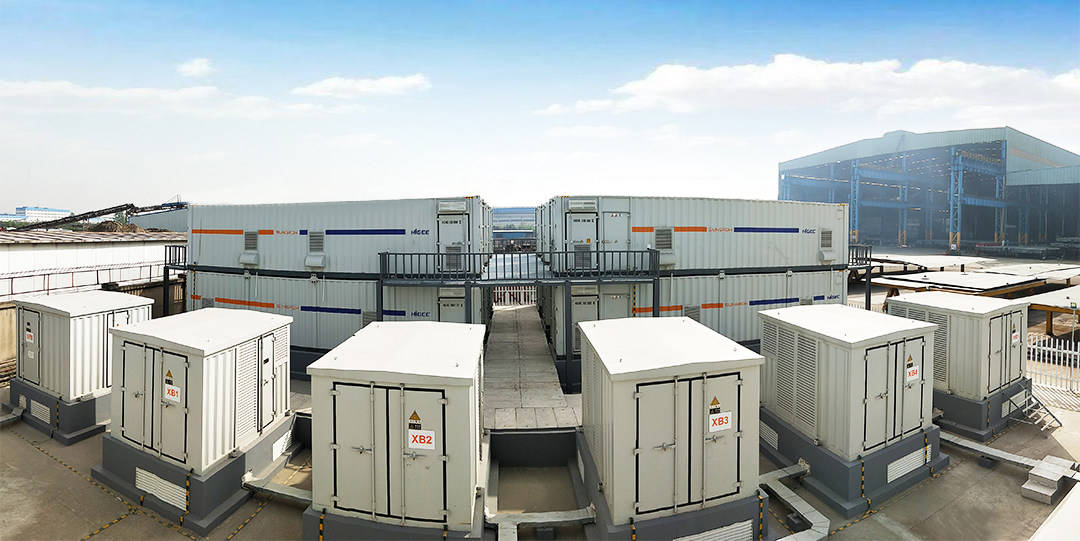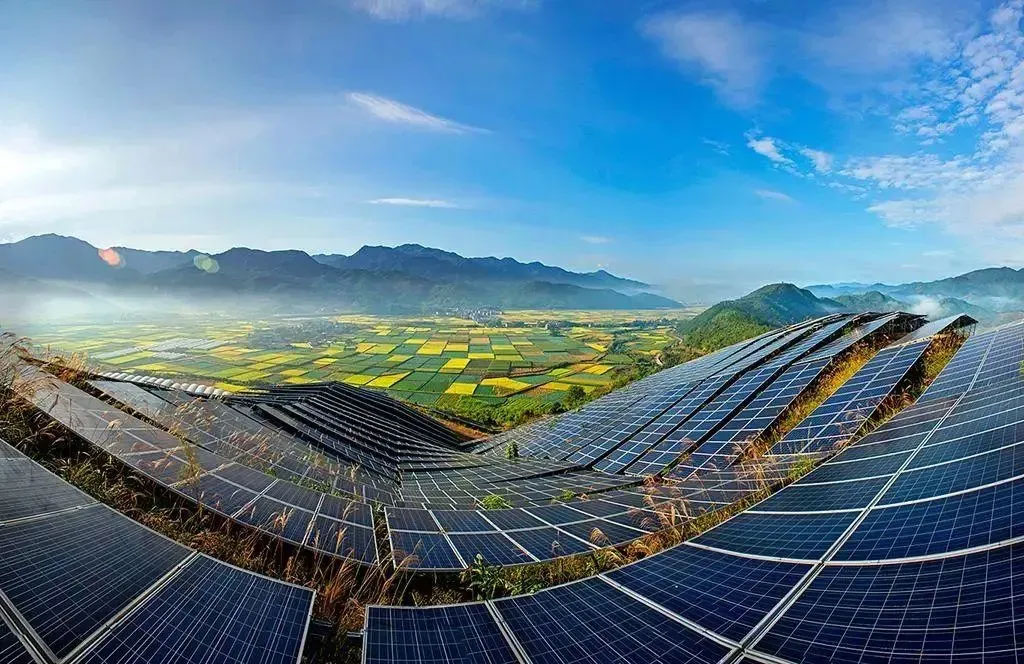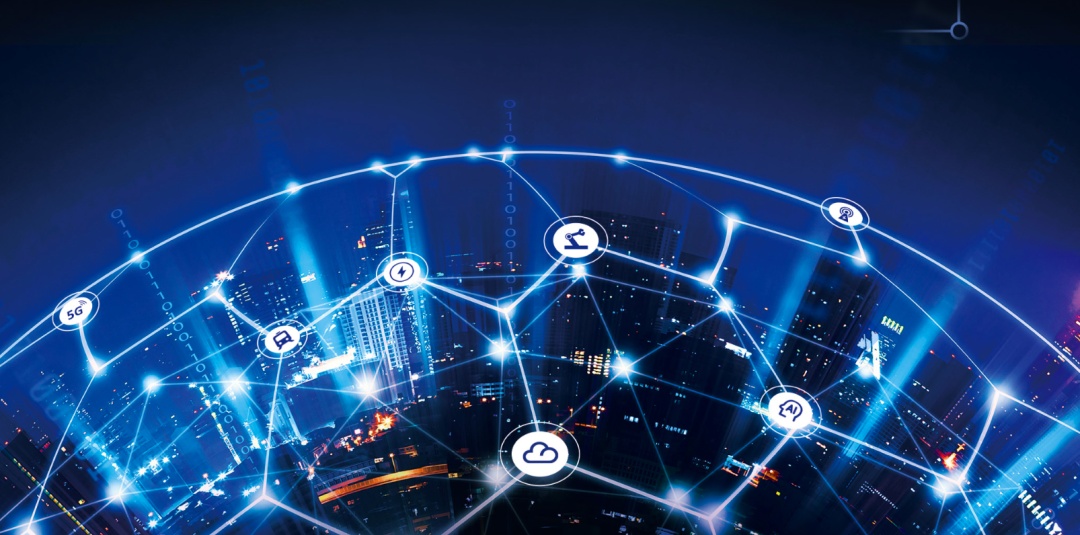What is the Metaverse
Metaverse is a virtual world constructed by human using digital technology, which is mapped or transcended by the real world and can interact with the real world. It is a digital living space with a new social system. An artificial space running parallel to the real world is the next stage of the Internet, a virtual reality network world supported by AR, VR, 3D, and other technologies.
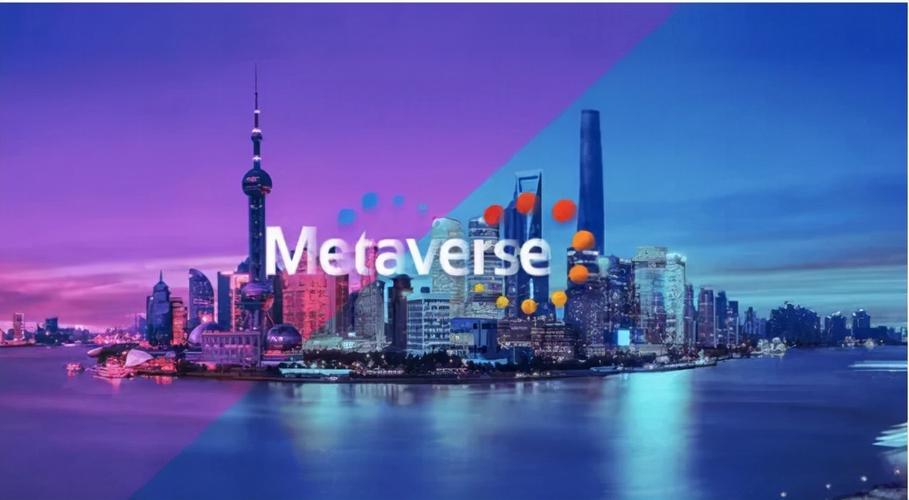
The term "Metaverse" was born in the 1992 science fiction "Avalanche". The novel depicts a huge virtual reality world, where people use digital avatars to control and compete with each other to improve their status. To date, it still describes the advanced future world.
The word "Metaverse" is more just a commercial symbol. It has no new technology in itself, but integrates a large number of existing technologies, including 5G, cloud computing, artificial intelligence, virtual reality, blockchain, digital currency, the Internet of Things, human-computer interaction, etc., and has high requirements for these technologies.
In essence, the Metaverse is a process of virtualization and digitalization of the real world, which requires a lot of transformation of content production, economic system, user experience, and physical world content. However, the development of the Metaverse is gradual. Supported by shared infrastructure, standards and protocols, it is formed by the continuous integration and evolution of many tools and platforms. It provides an immersive experience based on extended reality technology, generates a mirror of the real world based on digital twin technology, builds an economic system based on blockchain technology, closely integrates the virtual world with the real world in economic systems, social systems, and identity systems, and allows each user to engage in content production and world editing.
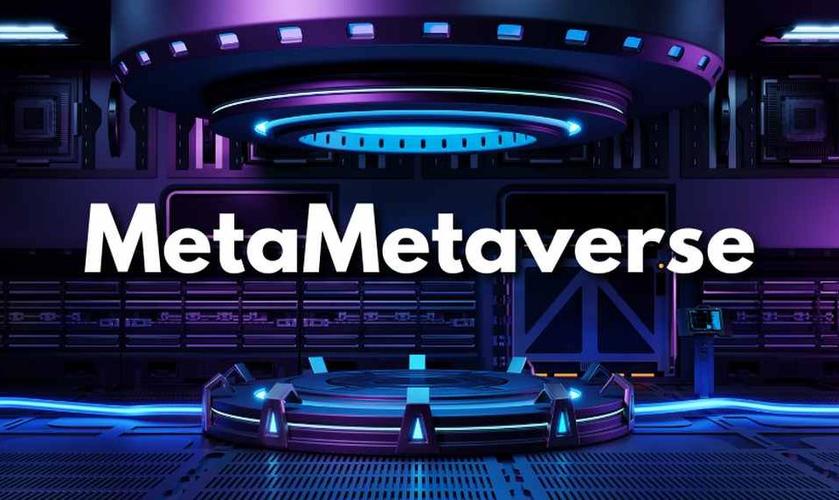
Six supporting technologies of Metaverse:
1. Internet of Things technology (including operating systems and various sensors, where the operating system is responsible for linking and managing everything in an orderly manner, and various sensors are used to perceive the physical world)
2. Interactive technology (including commonly mentioned AR, VR, MR, holographic imaging technology, etc., augmented reality technology can provide immersive experiences)
3. Electronic game technology (including game engine, 3D modeling, fact rendering and other technologies, which provide digital content and scenes, and can mirror the real world into the virtual world. This also means that we can see many of our virtual avatars in the Metaverse.)
4. Artificial intelligence technology (including intelligent speech, Natural language processing, machine learning, computer vision and other technologies)
5. Network and computing technology (including 5g/6g network, cloud computing, edge computing, providing a low latency, smoother experience for the Metaverse)
6. Blockchain technology (NFT/DoFi, public chain speed, smart contracts, DAO social systems, decentralized exchanges, distributed storage, etc.) has also formed an economic system in the virtual world
 中文
中文
 English
English
